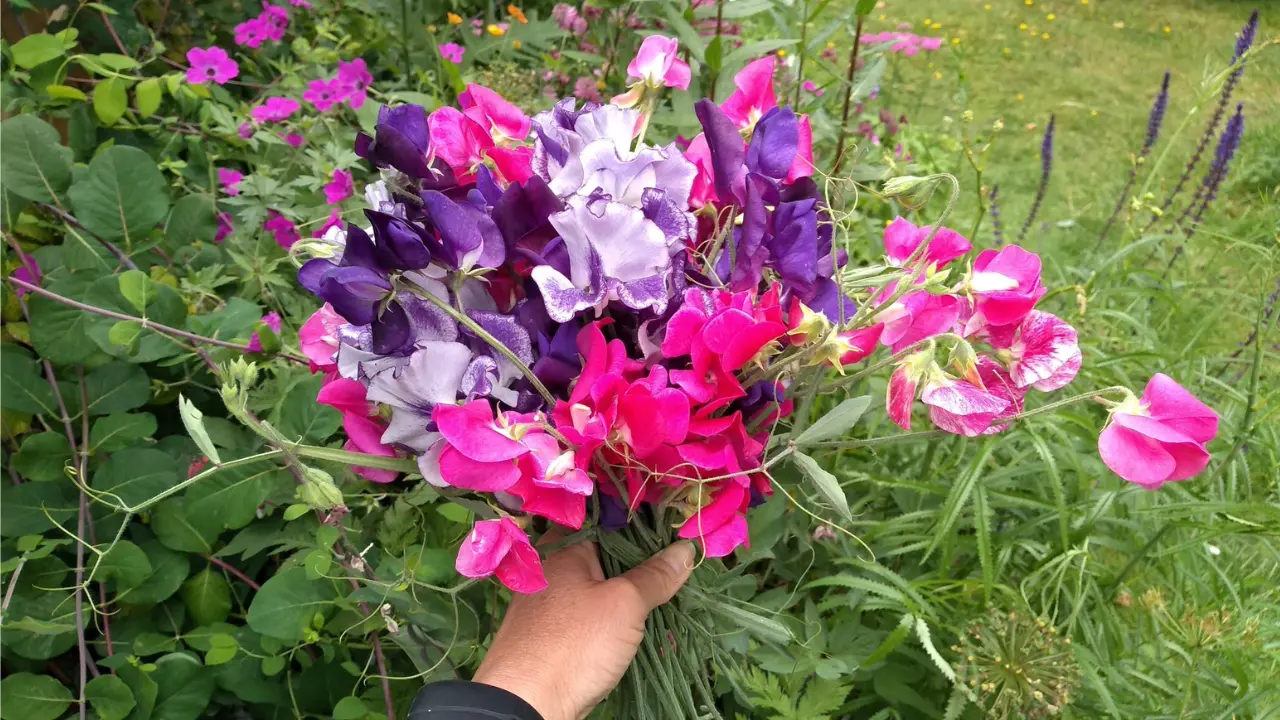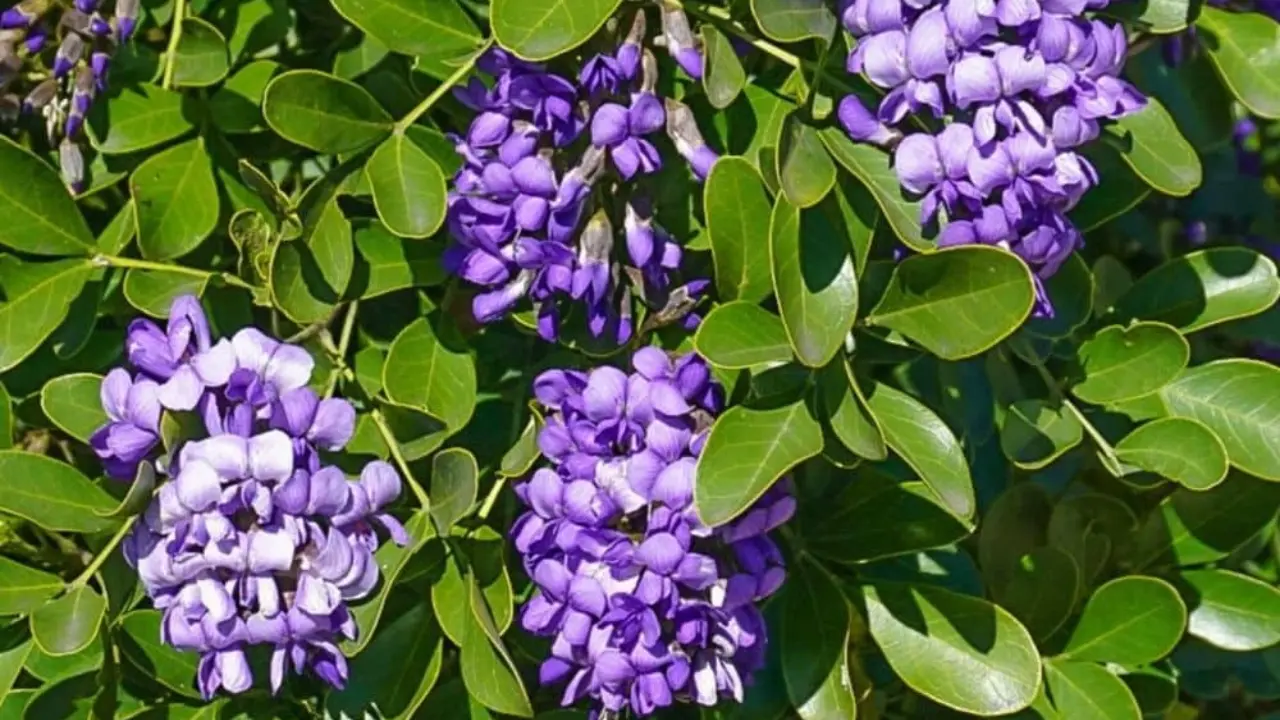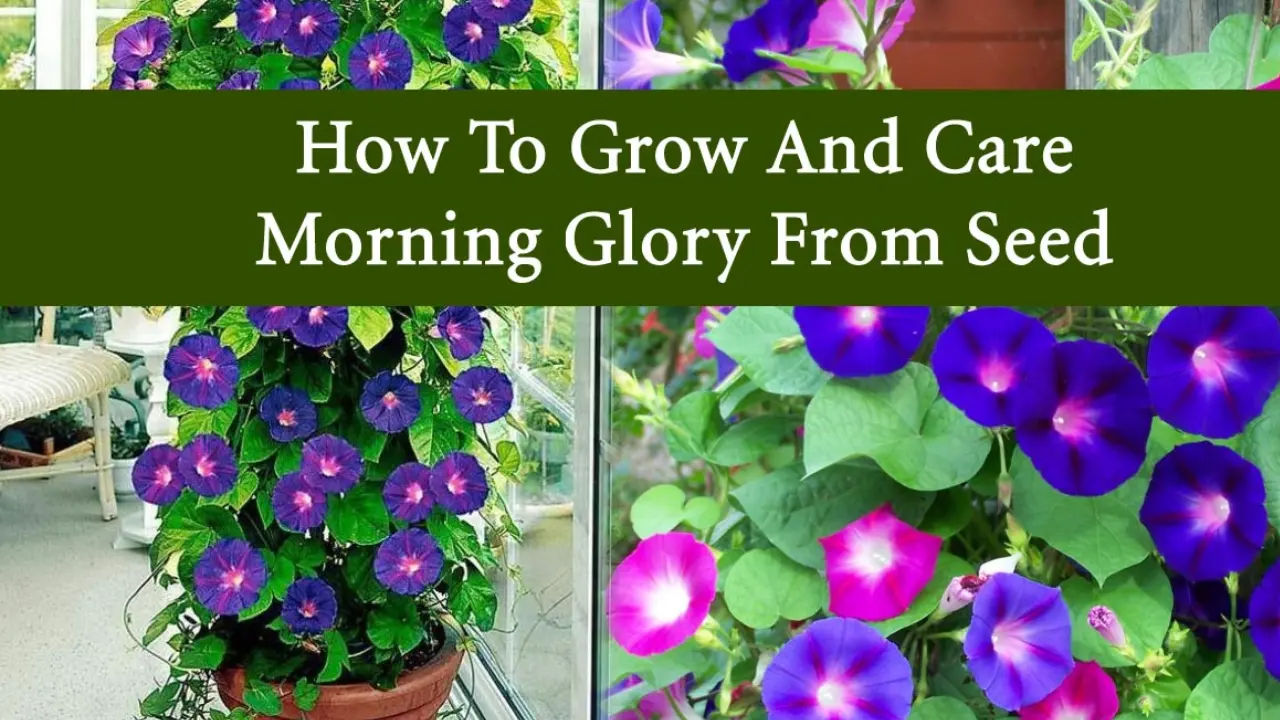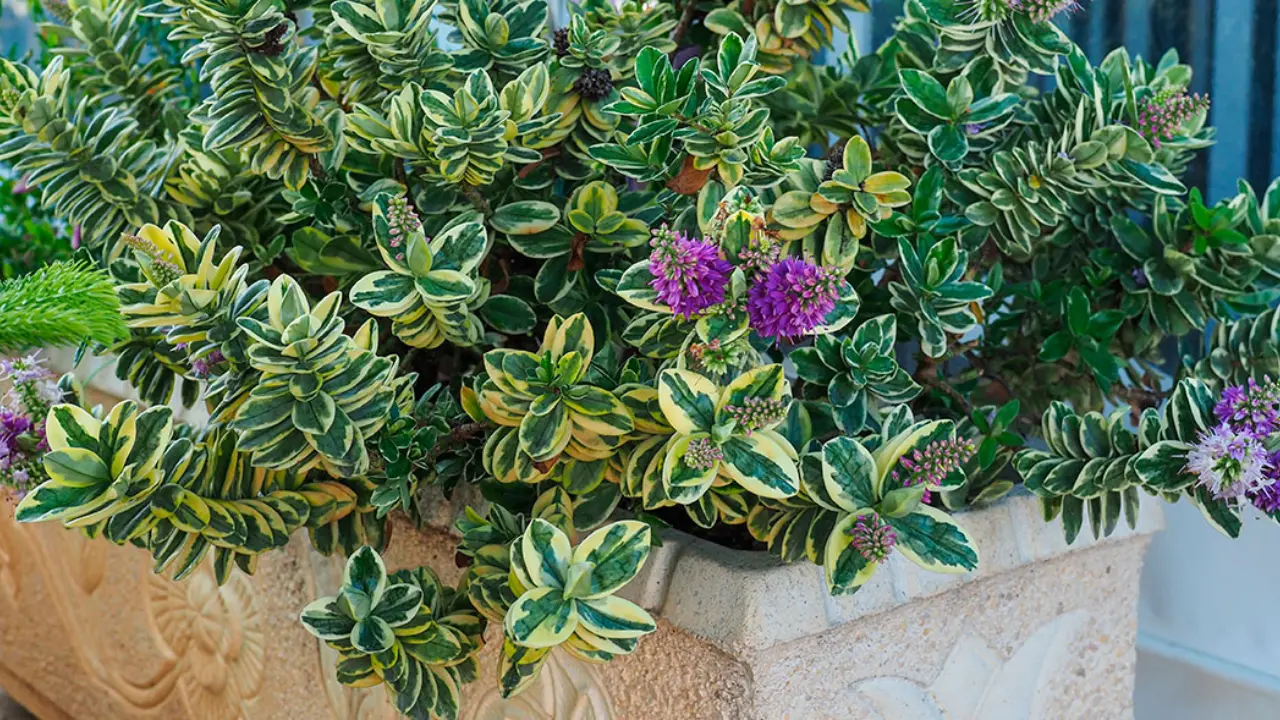Sweet peas, technically known as Lathyrus odoratus, are a popular blooming plant that enchants gardeners and enthusiasts with its beautiful beauty and delectable smell. For generations, people have been enchanted by the vivid colors and delicate flowers of these lovely annuals or perennials. This article will delve into the world of sweet pea, from their origins and production to its many kinds and care instructions. So, let us enter the enchanted realm of sweet peas and learn why they are so popular among flower fans.
Introduction: The Charms of Sweet Peas
Sweet peas are famous for their entrancing smell, exquisite flowers, and vibrant colors. These lovely blooms have been grown for almost 300 years and are native to southern Italy and the Aegean Islands. Sweet peas have a seductive aroma that is typically described as a blend of honey and orange blossoms, which adds an added depth of attraction to their already attractive look.
A Brief History of Sweet Peas
Sweet pea cultivation dates back to the late 17th century, when Italian monk and botanist Father Franciscus Cupani found a wild type of sweet peas. Cupani’s finding is the foundation of the ancestral sweet peas we know today. Sweet peas did not become popular until the nineteenth century, largely to the efforts of plant breeder Henry Eckford. His study resulted in the creation of the sweet pea types that we now see in gardens across the globe.
Cultivating Sweet Peas: From Seeds to Blooms
Sweet peas are a popular option for gardeners of all levels of expertise since they are quite straightforward to cultivate. They may be planted immediately in the garden or grown indoors and then transferred. These plants flourish in cold areas and need well-drained soil and exposure to sunlight. Watering, fertilizing, and deadheading are all necessary for good development and plentiful flowers.
Exploring Sweet Pea Varieties
Sweet peas come in a wide variety of colors, patterns, and sizes. There is a sweet pea variety to suit every taste, from delicate pinks and purples to bright blues and reds. Popular kinds include ‘Matucana,’ which has deep crimson and violet flowers, ‘Cupani,’ which has intriguing bicolored blossoms, and ‘Spencer,’ which has enormous, fragrant blooms. Gardeners may create spectacular displays by blending various sweet pea varieties since there are so many alternatives.
Tips for Successful Sweet Pea Cultivation
To ensure successful cultivation of sweet peas, consider the following tips:
- Start seeds early indoors or sow them directly in the ground after the last frost.
- Soak the seeds in water for 24 hours before planting to enhance germination.
- Provide support, such as trellises or fences, for the climbing vines.
- Regularly water the plants, ensuring the soil remains consistently moist but not waterlogged.
- Mulch around the base of the plants to retain moisture and suppress weed growth.
- Deadhead blooms regularly to encourage continuous blooming.
Pruning and Supporting Sweet Peas
Sweet peas benefit from adequate pruning and assistance since they are aggressive climbers. When the plants reach about six inches in height, pinch off the tops to stimulate branching and bushier growth. Install trellises, obelisks, or nets around which the vines may climb and tangle. This gives them the essential support, keeps them from flipping over, and improves air circulation, lowering the risk of sickness.
Dealing with Common Sweet Pea Pests and Diseases
Pests and illnesses might pose problems for sweet peas on occasion. Aphids, slugs, snails, and powdery mildew are some of the most prevalent pests that gardeners face. Regular monitoring, appropriate cleanliness, and the use of organic pest control measures may all assist to properly manage these issues. Introducing helpful insects such as ladybirds and ensuring enough ventilation around the plants may also help to create a healthier garden environment.
Enjoying the Fragrance of Sweet Peas
Sweet peas’ scent is undeniably one of its most appealing characteristics. A bouquet of freshly picked sweet peas may fill a room with a fascinating smell that remains pleasantly. Harvest the blossoms early in the morning when the essential oils are most concentrated to maximize the scent. Enjoy the pleasant perfume while bringing the splendor of the garden within.
Sweet Peas as Cut Flowers
Sweet peas, with their mesmerizing appearance and seductive aroma, are a favorite option for flower arrangements. They provide a touch of elegance and beauty to any arrangement, whether used as single bouquets or mixed with other flowers. To extend the vase life of sweet pea stems, cut them early in the morning and immediately set them in water. To avoid bacterial development, remove any leaves that will be immersed in the water.
Sweet Peas in Floral Arrangements
Sweet peas may be used with complimentary flowers and greenery to create magnificent floral arrangements. Because of their trailing tendrils, they are great for cascading arrangements or adding an airy touch to bouquets. Combine them with roses, lilies, or baby’s breath for a romantic and fragrant bouquet, or use them to add color and elegance to centerpieces and bridal arrangements.
Sweet Peas in Mythology and Symbolism
Throughout history, people have connected sweet peas with a variety of mythical and metaphorical meanings. In Greek mythology, people believed that sweet peas were the tears of Aphrodite, the goddess of love, and they often used them in love potions. In floral language, sweet peas symbolize delicate joys, pleasant living, and a tender goodbye. They are an excellent alternative for expressing appreciation, goodbye, or admiration.
Conclusion
Sweet peas are an undoubtedly lovely addition to any garden. Their vibrant blooms, enticing scent, and adaptability in floral arrangements make them a favorite of gardeners and flower aficionados alike. Whether you plant sweet peas in your yard or enjoy them as cut flowers, they guarantee to provide delight and beauty to your surroundings. So, why not go on a sweet pea planting expedition and bask in their enchantment?



